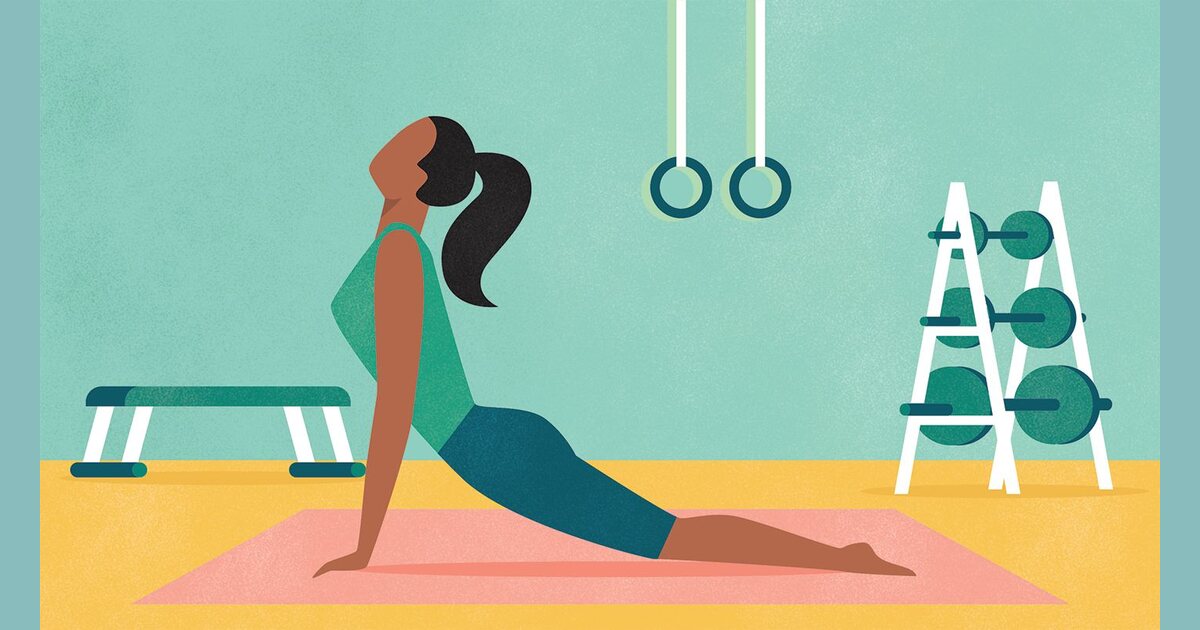Uncover the promising link between yoga and rheumatoid arthritis management, and discover the gentle yoga styles that could transform your journey.
A recent study sheds light on how yoga can positively impact individuals suffering from rheumatoid arthritis (RA), an autoimmune disease that attacks the body’s own tissues, causing joint inflammation and pain.
The study suggests that yoga may help maintain cell homeostasis, providing hope for those seeking complementary therapies.
The Study: Small but Encouraging On Yoga and Rheumatoid Arthritis
While the study was relatively small in size and short in duration, it yielded promising results.
Researchers found that practicing yoga for just 8 weeks led to a significant reduction in disease activity, stabilized inflammation-related biomarkers, and maintained a balance between pro-inflammatory T helper 17 (Th17) cells and anti-inflammatory regulatory T (Treg) cells, known as Th17/Treg cell homeostasis.
Dr. Monisha Bhanote, an integrative medicine lifestyle physician, praised the study’s exploration of molecular mechanisms behind yoga’s effects on RA. By examining gene expression patterns and epigenetic markers, the research offers a deeper understanding of how yoga may benefit RA patients.
A Path to Personalized Treatment
This breakthrough could pave the way for more targeted research into specific yoga elements that are most effective for RA. Experts suggest that healthcare professionals may one day recommend yoga as a complementary therapy alongside standard disease-modifying anti-rheumatic drugs (DMARDs).
Dr. Nikki Tugnet, a rheumatologist and yoga teacher, highlights the study’s significance in providing molecular evidence for integrating yoga into RA treatment plans. It aligns with the 2022 American College of Rheumatology guidelines that acknowledge the potential effectiveness of Mind-Body modalities in RA management.
Dr. Ahmed Elghawy, a staff physician at the Cleveland Clinic, emphasizes the value of noninvasive lifestyle modifications like yoga in improving rheumatoid disease activity.
Choosing the Right Yoga Style
Not all yoga styles are suitable for RA patients. Gentle forms such as Hatha, Iyengar, Yin, restorative, and chair yoga are recommended.
These styles emphasize alignment, slow movement, and controlled breathing, making them ideal for individuals with mobility limitations. Many poses can be adapted with props.
Working with a qualified yoga therapist or instructor who understands RA or related conditions is crucial to ensure safety and accessibility.
Mindfulness and Meditation
Beyond physical postures, yoga should incorporate mindfulness and meditation. Research shows that meditation helps reduce physical biomarkers associated with stress, which can exacerbate RA symptoms.
Stress reduction aspects of yoga can further aid in reducing inflammation, contributing to improved overall well-being.
In conclusion, while more research is needed to fully understand the extent of yoga’s benefits for RA, this study offers hope and scientific backing for its integration into treatment plans.
As always, consulting with a healthcare professional before starting any new exercise regimen is advisable.








Leave a Reply
You must be logged in to post a comment.